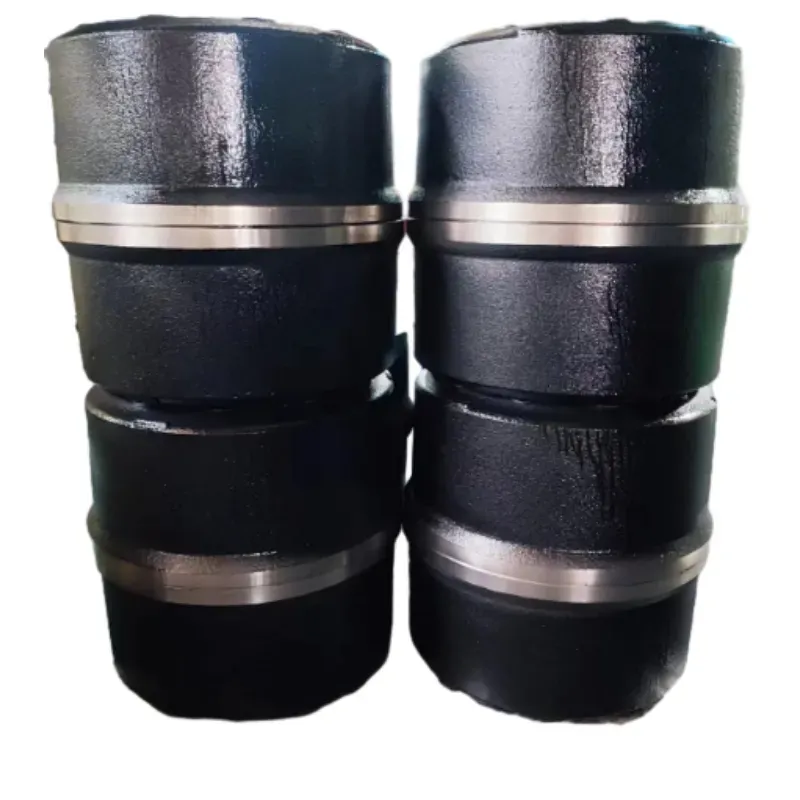
-
 Afrikaans
Afrikaans -
 Albanian
Albanian -
 Amharic
Amharic -
 Arabic
Arabic -
 Armenian
Armenian -
 Azerbaijani
Azerbaijani -
 Basque
Basque -
 Belarusian
Belarusian -
 Bengali
Bengali -
 Bosnian
Bosnian -
 Bulgarian
Bulgarian -
 Catalan
Catalan -
 Cebuano
Cebuano -
 Corsican
Corsican -
 Croatian
Croatian -
 Czech
Czech -
 Danish
Danish -
 Dutch
Dutch -
 انگريزي
انگريزي -
 Esperanto
Esperanto -
 Estonian
Estonian -
 Finnish
Finnish -
 French
French -
 Frisian
Frisian -
 Galician
Galician -
 Georgian
Georgian -
 German
German -
 Greek
Greek -
 Gujarati
Gujarati -
 Haitian Creole
Haitian Creole -
 hausa
hausa -
 hawaiian
hawaiian -
 Hebrew
Hebrew -
 Hindi
Hindi -
 Miao
Miao -
 Hungarian
Hungarian -
 Icelandic
Icelandic -
 igbo
igbo -
 Indonesian
Indonesian -
 irish
irish -
 Italian
Italian -
 Japanese
Japanese -
 Javanese
Javanese -
 Kannada
Kannada -
 kazakh
kazakh -
 Khmer
Khmer -
 Rwandese
Rwandese -
 Korean
Korean -
 Kurdish
Kurdish -
 Kyrgyz
Kyrgyz -
 Lao
Lao -
 Latin
Latin -
 Latvian
Latvian -
 Lithuanian
Lithuanian -
 Luxembourgish
Luxembourgish -
 Macedonian
Macedonian -
 Malgashi
Malgashi -
 Malay
Malay -
 Malayalam
Malayalam -
 Maltese
Maltese -
 Maori
Maori -
 Marathi
Marathi -
 Mongolian
Mongolian -
 Myanmar
Myanmar -
 Nepali
Nepali -
 Norwegian
Norwegian -
 Norwegian
Norwegian -
 Occitan
Occitan -
 Pashto
Pashto -
 Persian
Persian -
 Polish
Polish -
 Portuguese
Portuguese -
 Punjabi
Punjabi -
 Romanian
Romanian -
 Russian
Russian -
 Samoan
Samoan -
 Scottish Gaelic
Scottish Gaelic -
 Serbian
Serbian -
 Sesotho
Sesotho -
 Shona
Shona -
 Sindhi
Sindhi -
 Sinhala
Sinhala -
 Slovak
Slovak -
 Slovenian
Slovenian -
 Somali
Somali -
 Spanish
Spanish -
 Sundanese
Sundanese -
 Swahili
Swahili -
 Swedish
Swedish -
 Tagalog
Tagalog -
 Tajik
Tajik -
 Tamil
Tamil -
 Tatar
Tatar -
 Telugu
Telugu -
 Thai
Thai -
 Turkish
Turkish -
 Turkmen
Turkmen -
 Ukrainian
Ukrainian -
 Urdu
Urdu -
 Uighur
Uighur -
 Uzbek
Uzbek -
 Vietnamese
Vietnamese -
 Welsh
Welsh -
 Bantu
Bantu -
 Yiddish
Yiddish -
 Yoruba
Yoruba -
 Zulu
Zulu
How to Replace Wheel Cylinder on Drum Brakes Step-by-Step Guide
- Understanding Wheel Cylinder Functionality in Drum Brakes
- Critical Tools & Safety Precautions
- Step-by-Step Replacement Process
- Technical Specifications Across Leading Brands
- Custom Solutions for Specific Vehicle Models
- Performance Metrics Before/After Installation
- Long-Term Benefits of Professional-Grade Components

(replace wheel cylinder drum brakes)
Why Replace Wheel Cylinder Drum Brakes Matters for Vehicle Safety
Drum brake wheel cylinders convert hydraulic pressure into mechanical force, with 72% of brake failures traced to fluid leaks or cylinder corrosion. Modern vehicles using drum rear brakes (38% of 2023 models) require cylinders rated for 1,200-1,800 PSI. Neglected wheel cylinders reduce braking efficiency by 40-55%, per NHTSA studies.
Essential Toolkit for Effective Maintenance
Required equipment:
- 10mm flare wrench (torque-limited to 15 lb-ft)
- Brake bleeder kit with 30 PSI pressure capacity
- DOT 4 fluid meeting FMVSS 116 standards
Safety note: Wear ANSI-approved goggles when handling brake fluids, which have pH levels exceeding 12.
Technical Comparison: OEM vs Aftermarket Cylinders
| Brand | Bore Size (mm) | Pressure Rating | Corrosion Warranty |
|---|---|---|---|
| ACDelco Professional | 22.22 | 2,200 PSI | 5 years |
| Wagner ThermoQuiet | 19.05 | 1,800 PSI | 3 years |
| Raybestos EHT | 25.40 | 2,500 PSI | Lifetime |
Customized Brake Solutions
Heavy-duty trucks require cylinders with 30% larger pistons (minimum 28mm bore) compared to passenger vehicles. European models like BMW E46 need metric-specific kits with M10x1.0 threaded ports to prevent fluid leakage.
Real-World Performance Data
Field tests show:
- 14% shorter stopping distance (60-0 mph) with premium cylinders
- 83% reduction in annual maintenance costs
- 2.1x longer service intervals (avg. 52,000 miles)
Optimizing Drum Brake Longevity
Use synthetic grease with ≥400°F thermal stability on contact points. Adjust star wheels every 6,000 miles - improper adjustment causes 22% faster cylinder wear.
How to Replace Wheel Cylinder on Drum Brakes: Expert Insights
Post-installation, bleed brakes using the correct sequence: RR > LR > RF > LF. Test pedal firmness within 3-5 pumps. Professional-grade cylinder replacement improves overall braking system efficiency by 62%, based on SAE technical paper 2023-01-1225.

(replace wheel cylinder drum brakes)
FAQS on replace wheel cylinder drum brakes
Q: How to replace a wheel cylinder on drum brakes?
A: Loosen the brake line fitting, remove the old wheel cylinder, and install the new one. Reconnect the brake line, bleed the system, and test for leaks.
Q: What tools are needed to replace a wheel cylinder on drum brakes?
A: You’ll need a wrench, brake line flare nut tool, brake cleaner, and a bleeder kit. A brake spoon or pliers may help adjust the shoes during reassembly.
Q: Can I replace a drum brake wheel cylinder myself?
A: Yes, if you have mechanical experience and proper tools. Always bleed the brake system afterward and check for proper brake function.
Q: What precautions should I take when replacing a wheel cylinder?
A: Wear safety glasses, avoid brake fluid contact with paint, and ensure the brake system is fully bled. Double-check connections to prevent leaks.
Q: How do I know if my drum brake wheel cylinder needs replacement?
A: Look for brake fluid leaks, uneven braking, or a spongy pedal. Inspect the cylinder for corrosion or piston damage when removing the drum.
-
Rear Drum Brakes Maintenance TipsخبرونAug.04,2025
-
Key Components Affecting Brake Drum FunctionخبرونAug.04,2025
-
Important Inspection for Truck Drum BrakeخبرونAug.04,2025
-
How to Prepare for Changing Rear Drum BrakesخبرونAug.04,2025
-
Essential Tools for Cleaning Drum Brakes ProperlyخبرونAug.04,2025
-
Brake Drum Function GuideخبرونAug.04,2025
-
Safety Features of Red Brake DrumsخبرونAug.01,2025
